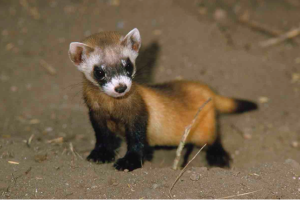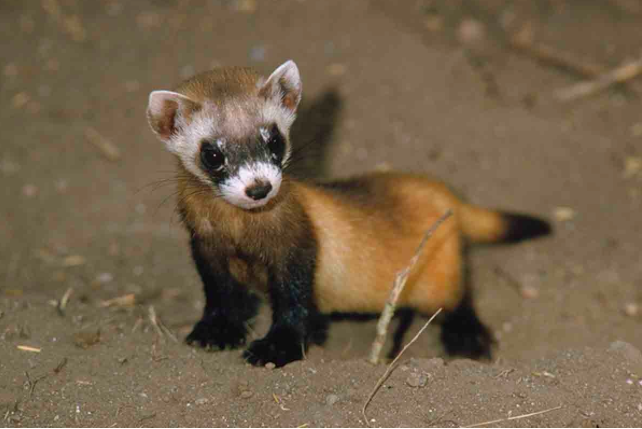
It’s a sombre statistic: year on year, we lose up to 100,000 species. That’s somewhere between 0.01 and 0.1 percent of all species on the planet (we don’t know the exact rate because we don’t know exactly how many species exist; it could be 2 million or 100 million). The rate is thought to be at least 1000 times what it would be in the absence of the deforestation, poaching and pollution we are responsible for.
But despite this gloomy outlook, prospects are improving for some species that have narrowly escaped extinction. That’s partly thanks to ongoing success in breeding species that are extinct in the wild, and reintroducing them.
I’m Olive Heffernan, a freelance science writer who covers the environment for outlets such as New Scientist, Nature, Nature Climate Change (of which I’m the former Chief Editor) and Scientific American. I’m also currently Science Writer in Residence in TCD’s School of Natural Sciences. While I’m here, I’ll be blogging from time to time about the topics I’m reporting and writing on.
My latest article, published in New Scientist, reports on the animals that are scrambling back from the brink of extinction. Some, such as the black-footed ferret, were once presumed extinct in the wild.
The ferret’s story is an interesting one. Once native to the North American Prairies, these cute nocturnal creatures were essentially wiped out by the arrival of European settlers in the 1860s. As they began to cultivate the plains and to breed cattle, the farmers started to poison prairie dogs – the ferrets’ favoured food – because they worried that their cattle would break their legs by stepping in the burrows. What’s more, ferrets were especially susceptible to plague brought to the US during the early 1900s on trading ships from the Far East. By the late 1950s, the ferret seemed a distant memory and by the late 1970s it was considered extinct.
But in 1981, a working dog on a farm in Wyoming brought home a surprising kill – a black-footed ferret! The US Fish and Wildlife Service subsequently recovered 18 live ferrets and eventually – after a few failed attempts – they bred some in captivity and reintroduced ferrets into the native habitat. By 2008, the wild population had reached around 1000 individuals again, but from 2008 to 2015, the number of breeding adults declined by 40%, due to plague.
Thanks to sustained efforts by US Fish and Wildlife, together with the World Wildlife Fund and Defenders of Wildlife, 300 individuals exist successfully at 6 sites on public and private lands from Mexico to Canada. The goal is to establish 3,000 breeding adults throughout their former range, at 30 different sites.
The main challenge will be keeping the ferret populations plague-free. The ferret’s story is a good example of how conservation efforts are often a long, hard slog over many decades. As Mike Hoffmann of the International Union for Conservation of Nature (IUCN) Species Survival Commission, says in my New Scientist story “Success takes many, many years to achieve. And all the major conservation success stories, whether it is the black-footed ferret or Arabian oryx, have taken decades of hard conservation work on the ground and continued effort.”
You can read about the recovery of the Scimatar-horned oryx, the blue-eyed black lemur, and a range of other species in my article, which is online here (behind a paywall) and also in the current issue of the print magazine. There’s a very nice photo gallery of species bouncing back from the brink in the online version.
Author: Olive Heffernan,
Twitter: O_Heffernan.
Image Credit: Andrew Harrington – naturepl.com

